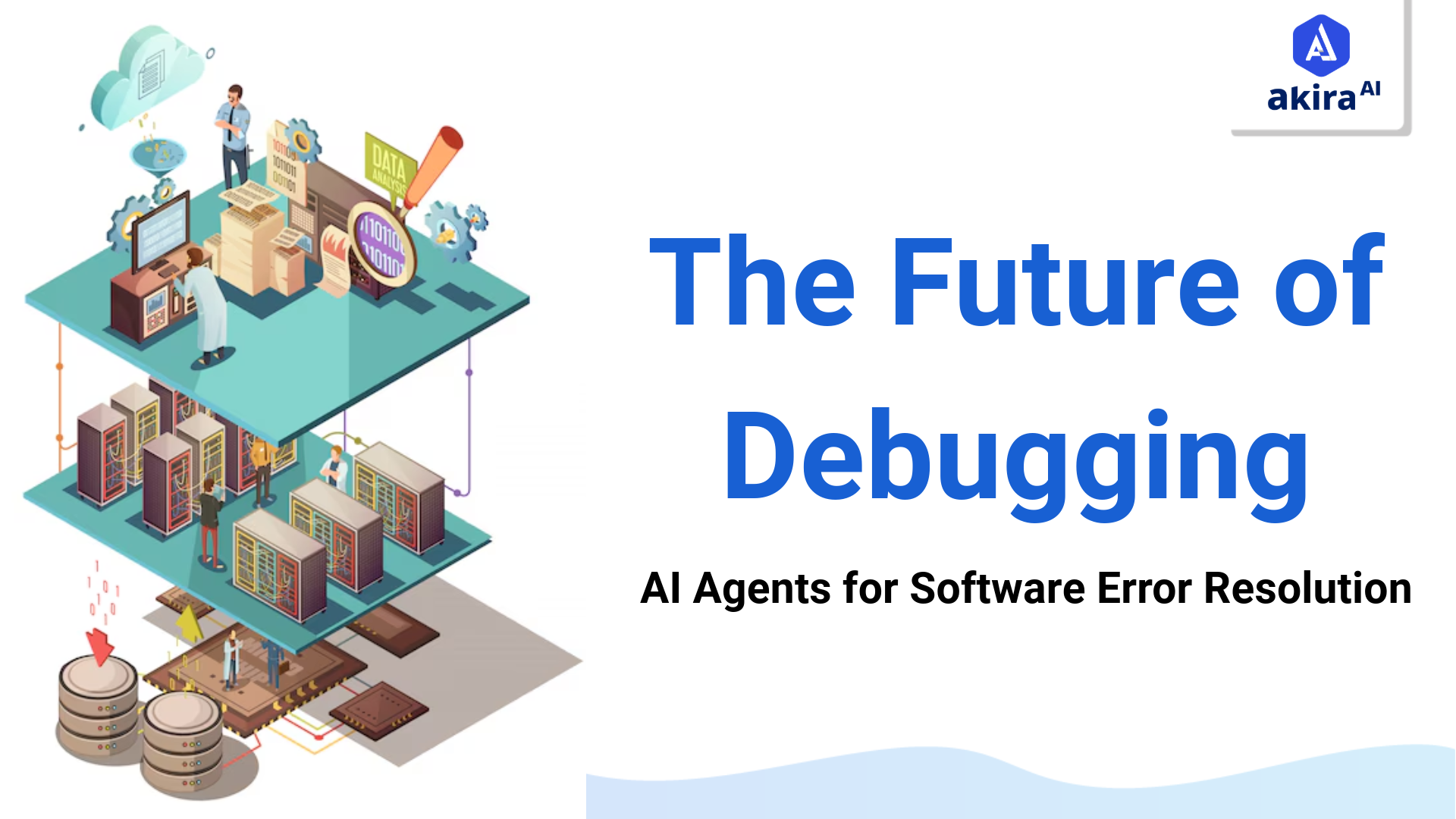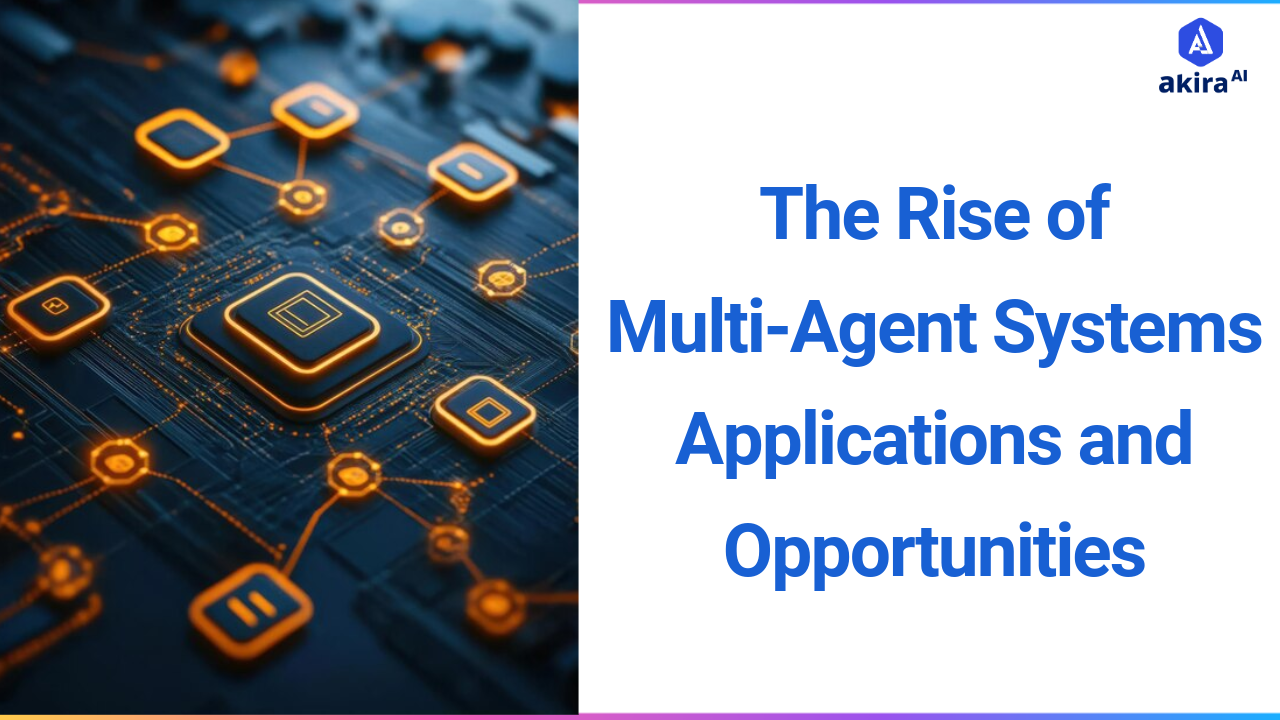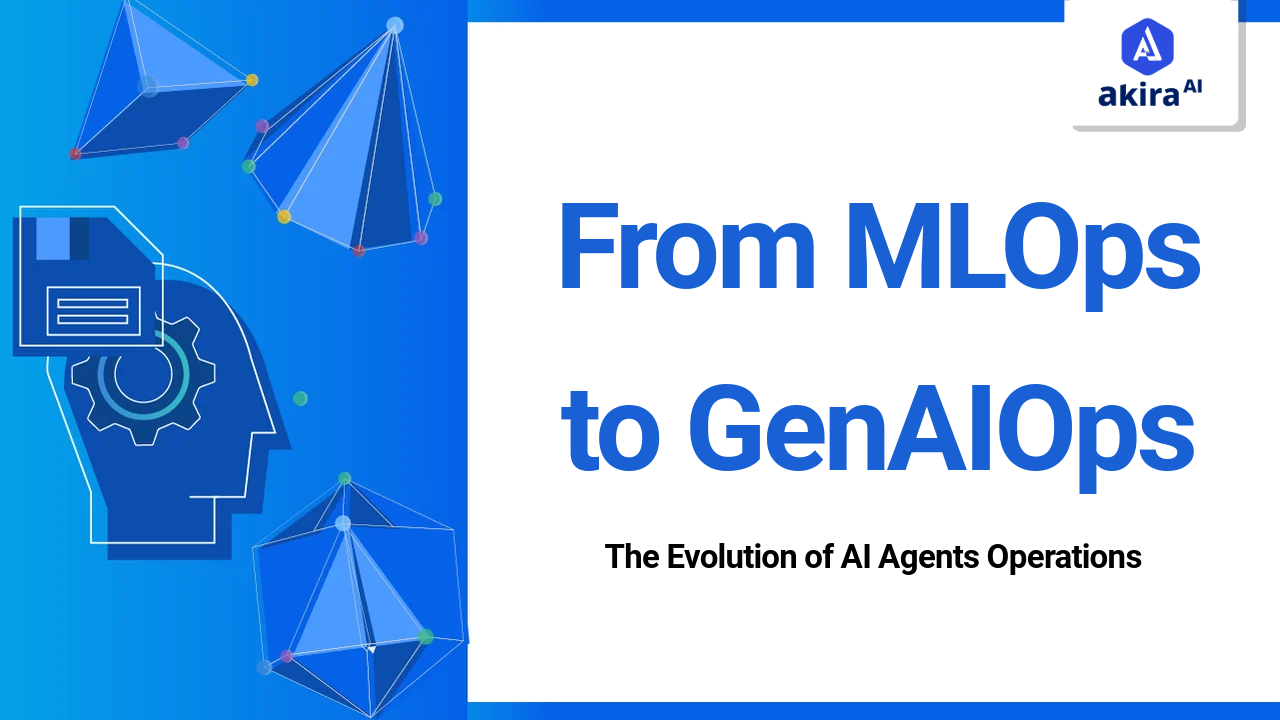AI Guardrails That Keep Engagement Authentic
No one wants a community that sounds robotic. CohortIQ’s Agentic AI is designed so automation supports the work, not replaces it.
-
Human-in-the-loop for the calls that matter: Automation handles logistics—detection, tagging, routing—but humans own tone, values, and outcomes. Drafts are suggestions, not final answers.
-
Customizable moderation: You decide what to auto-hide, what to flag for review, and what to leave alone. Tweak thresholds and rules to reflect your culture, risk tolerance, and norms.
-
Sentiment awareness: The system watches for tone shifts and flags potential issues early—useful for preventing mass criticism or ensuring sensitive topics get handled with care.
-
Transparent assistance: Where AI drafts or summarizes, moderators can accept, edit, or ignore. There’s no black box making unilateral decisions.
Real-World Impact: What Teams See After Turning It On
-
More participation: Once routine engagement and support tasks are automated, communities often see meaningful growth in active participation. Faster, more relevant interactions keep people coming back.
-
Less burnout: Managers get to move up the value chain—programming, partnerships, mentorship—while the basics take care of themselves.
-
Sustainable scale: Standards stay consistent as you grow from hundreds to thousands of members. New folks feel welcomed; veterans feel recognized.
A Practical Scenario: An Education Community, Before and After
Before:
-
Student questions stayed on for days, sometimes answered after the assignment deadline.
-
Spam and off-topic posts made it harder to find real help.
-
Teachers and TAs were stretched across moderation, tagging, and triage—on top of teaching.
-
New members were unsure where to begin and often introduced themselves in quiet or irrelevant threads.
After:
-
Spam gets filtered automatically. The main feed stays focused on learning.
-
Questions route to available teachers or TAs based on subject matter, time zone, and current load.
-
Students receive suggestions for study groups, relevant resources, and the next thread they might contribute to.
-
Admins get weekly insights: hot topics, cohorts that seem disengaged, response times by channel, and which interventions moved the needle.

Figure 4: Impact of Automation on Community Health
What changes in practice? Response times fall from days to hours—often minutes. Participation rises because conversations feel timely and useful. And importantly, teachers teach. They spend their energy on feedback, office hours, and curriculum—not chasing tags and flags.
Rolling Out CohortIQ Without the Drama
You don’t have to rebuild your community from scratch to see value. A phased rollout works best.
-
Map what hurts (1–2 hours)
Identify friction: unanswered posts, repetitive tags, duplicate questions, moderation backlog, slow follow-ups. Decide what “good” looks like for each (e.g., first response within 6 hours in support channels).
-
Start with low-risk wins (same day)
Turn on automated tagging and spam detection. Set up unanswered-thread alerts for your highest-impact channels. These are fast wins with almost no change management.
-
Introduce routing where it matters (week 1)
Define clear pathways: support questions to support; product ideas to product; introductions to moderators; urgent incidents to on-call. Keep version one simple and expand once you see the value.
-
Add personalization (weeks 1–2)
Enable suggestions for new members and re-engagement nudges for folks drifting away. Curate a weekly “best of” digest so high-signal content gets a longer life.
-
Iterate with insights (ongoing)
Check dashboards weekly. Which topics drive engagement? Which channels lag on responses? Where are flags accurate vs. noisy? Adjust thresholds, rules, and notifications accordingly.
Best Practices to Keep It Human
-
Put people first, automation second
Use AI to handle logistics and consistency. Keep humans in charge of culture, empathy, and nuance.
-
Be upfront with your community
Explain that automation helps reduce spam and improve response times. Emphasize that people make the important calls.
-
Define your SLAs
Be explicit about what “timely” means in your space—support within 4 hours, general Q&A within 24 hours—and let the system help you meet it.
-
Recognize and reward
Use insights to spotlight helpful contributors and mentors. Celebrate great answers and stewardship. Recognition feeds culture.
-
Tune continuously
False positives happen. Edge cases exist. Adjust thresholds, routing, and language filters as you learn. Your values should be visible in your settings.
Metrics That Actually Matter
-
Time-to-first-response: If members feel heard quickly, they stick around. This is the heartbeat metric.
-
Resolution rate and time-to-resolution: Are threads reaching helpful outcomes, and how long does that take?
-
Active member growth and participation rate: Are more people contributing, not just reading?
-
Moderator workload mix: Less repetitive triage, more strategic programming and relationship-building.
-
Sentiment trends: Watch the tone of conversations. Healthier discourse is a leading indicator of long-term success.
Common Worries, Quick Answers
Will this make our community feel robotic?
Not if you use it correctly. CohortIQ handles logistics, not voice. Humans still speak for the community. The point is to make room for that voice by removing the busywork.
What if the system flags too much—or not enough?
You control the rules and thresholds. Start conservative, collect feedback, and tune. Within a few cycles, the signal-to-noise ratio improves significantly.
Our culture is unique. Won’t automation flatten it?
It shouldn’t. Your rules, tone, and values drive the settings. Treat CohortIQ like a codified version of your community norms—one that helps apply them consistently.
What about sensitive conversations?
Sensitive or heated threads are escalated to humans by default. The goal is to protect people, uphold standards, and preserve real conversations—not to hide or sanitize complexity.

Figure 4: AI-Augmented Community Moderation Workflow
From Reactive to Proactive: The Shift That Changes Everything
When the basics run themselves—spam under control, questions routed, follow-ups on time—community teams get their best hours back. That space shifts the work from reactive to proactive. You can line up programming that responds to what members actually need. You can build contributor pathways and mentorship programs. You can host AMAs with confidence because your operations won’t crumble under the attention. And you can create durable resources—guides, FAQs, office hours—that reduce future friction.
Operations stop being a bottleneck. They become an advantage: consistent, reliable, and quietly powerful.
Conclusion: Agentic AI to Listen, Orchestrate, and Grow—Without Losing Your Voice
Communities don’t thrive because of algorithms; they thrive because people show up for each other. But showing up is easier when operations work. How CohortIQ Fixes Broken Community Operations is by repairing the parts of community ops that wear teams down: the tagging, routing, follow-ups, and moderation that are essential but endlessly repetitive.
With AI-powered engagement, automated moderation, and smart routing in place, you get faster responses, better support, and scalable workflows that feel human. Managers move from firefighting to leadership. Members can trust that their questions and contributions matter. Momentum returns—and compounds.







